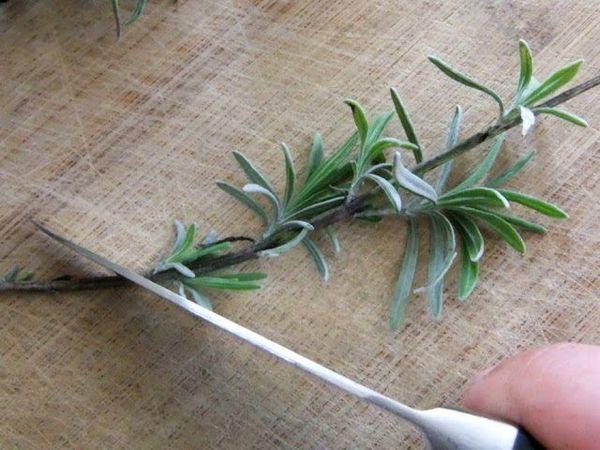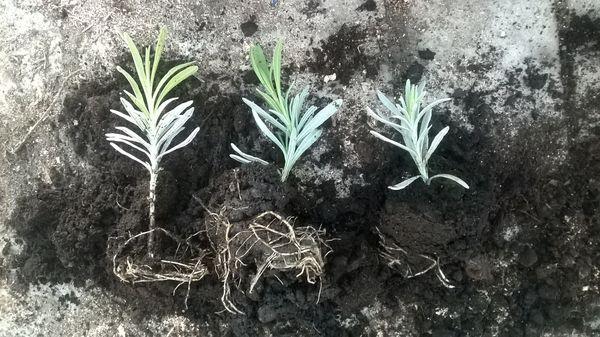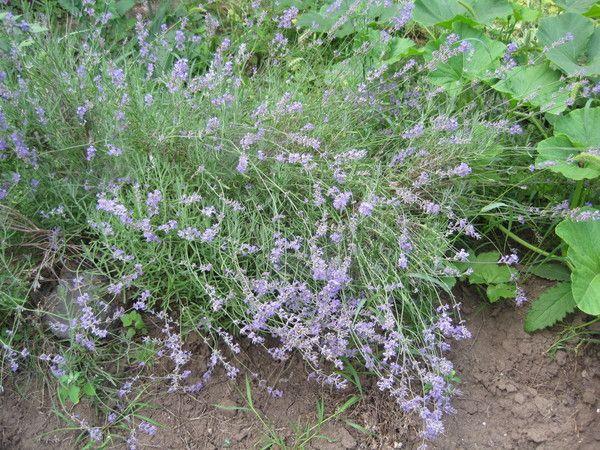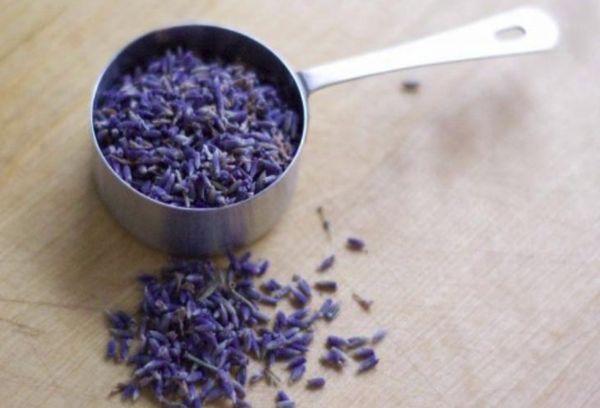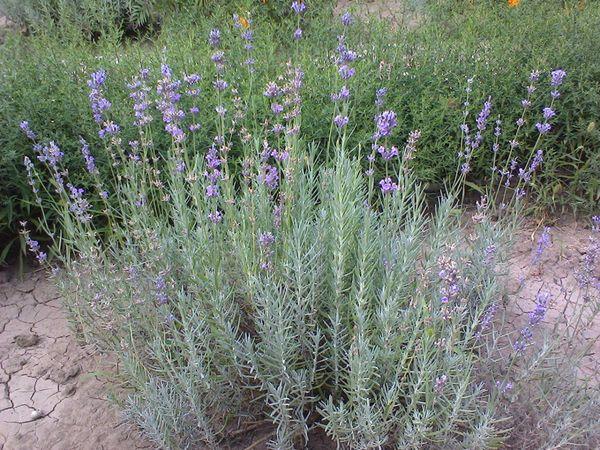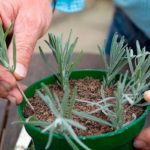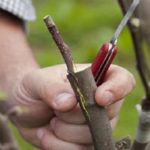Lavender is an ornamental evergreen plant with beautiful blooms and an amazing aroma. Lavender belongs to the Yamnotaceae family. This genus includes about 30 species. In order to propagate lavender in your area, no special effort is required. You just need to know the correct algorithm of actions.
Required Tools
You don't need any special tools to propagate lavender. All that is needed is a shovel so that you can dig up the bush and divide it when propagating by division, and a sharp knife with which you can take cuttings and trim leaves.Scissors are not used, as they pinch the ducts of the stems, and after this the lavender does not take root well.
Methods for propagating lavender
Lavender can be propagated in several ways.
Cuttings
Gardeners consider this method to be the best, because with such propagation all the parental qualities of the plant are preserved. Both green and woody cuttings are suitable for such propagation. To prepare green cuttings, you need to cut the shoots closer to the top of the stems. Their length must be at least 13 cm. Prepared cuttings must have at least 2 growth nodes.
When cutting woody branches, the cut is made at the base of the plant. A piece 5-6 cm long will be enough. When using such cuttings, you need to soak them before planting in a solution that stimulates growth; without it, the cuttings will not germinate.
All leaves except the top are cut off from the cuttings. The top leaves are needed to feed it, but if you leave too many leaves, the plant will spend all its energy on foliage instead of growing roots.
Then the cuttings are planted in containers with substrate, completely immersing the first node in the ground. The top of the container is covered with polyethylene and sent to a warm place, for example, a greenhouse or winter garden.
Good to know! Clay pots are best suited as containers for planting cuttings, because, unlike plastic, clay allows air to pass through, which is necessary for the normal development of the plant's root system.
Watering is carried out immediately after planting and then as the soil dries. After 1.5 months, the plants will form a strong root and can be planted in separate pots. When the lavender grows a little more, it is planted in open ground in a permanent place.
Breeding by layering
This breeding is carried out in the spring. The outer branches of the bush are used as layering. They should bend well so that they can be easily tilted towards the ground.
Near the mother bush you need to dig a hole 10-15 cm deep. It is positioned so that it is easy to place the middle part of the branch in it. It is pinned with staples or pressed down with a stone so that the branch takes root and does not slip out of the ground. Fill the hole with soil. The top part of the branch with leaves should remain above the ground.
It is necessary to control areas with layering so that they do not dry out. Also, the soil around the cuttings is hilled up. Transplantation is carried out only after a year. In autumn, the area around the cuttings is mulched. This helps retain moisture and protect the root from frost.
When moving an already formed bush to a new place, you need to dig it out with a lump of earth so as not to accidentally damage the roots. Plant the plant in the ground along with this soil.
Dividing the bush
Propagation of lavender by dividing the bush is possible, but not advisable. Since lavender bushes react poorly to such manipulations and may even die.
To propagate by division, you need to prepare the bush in advance. Choose a well-grown bush and in the autumn after flowering, trim it, leaving a length of 8-10 cm. The trimmed lavender is well hilled so that the soil fills all the gaps between the stems.
With the onset of spring, the hilling process is repeated. Over the summer the bush will produce a lot of green shoots. In the fall, it is dug up and divided into 2-3 parts using a shovel. The sections must be treated with garden pitch or crushed coal. The prepared bushes are planted in new places.
Seeds
When you collect seeds yourself, there is no guarantee that they will grow into the same plants as the mother plant. Therefore, if you decide to propagate plants through seeds, it is best to purchase them in specialized stores.
Before sowing lavender seeds in the soil, they must be stratified. To do this, the seeds are mixed with moisture-retaining material. This could be sand, peat or sawdust. Pour the seeds and selected material into a small container and sprinkle with water from a spray bottle. Cover loosely with a lid and place in the cellar or refrigerator for 1.5-2 months.
During this period, do not forget about the seeds. It is necessary to periodically check their humidity. They should not dry out, but excessive moisture will not do any good.
After stratification, the seeds are ready for sowing. To do this, prepare containers with drainage holes. They are filled with soil made from sand and humus. The seeds are laid on the surface of the substrate and covered with sand. The layer thickness should be about 3 mm.
The sown seeds are carefully watered, preferably with a spray bottle, and covered with polyethylene. Then place the containers in a sunny place.
After the lavender germinates and has formed 2 leaves, it is planted in different containers, 6 pieces in one. When the seedlings grow a little more, they are planted in the garden. When propagating lavender by seeds, you need to be prepared for the fact that it will bloom no sooner than in a year.
Possible problems
A white or pink coating may appear on the root collar of cuttings and adult plants. With its appearance, the plant begins to fade. This disease is called Fusarium wilt. For prevention, the soil is treated with special chemicals.
Yellow spots may appear on young shoots, which turn gray over time. The branches wither, dry out and curl. This is a stem blight infection. All damaged branches must be removed and the bushes treated with Bordeaux mixture.
To grow lavender bushes in your dacha or yard using cuttings or any other method, you need to be patient and knowledgeable. Then this amazing plant will delight its owners with abundant flowering and an unforgettable aroma.

